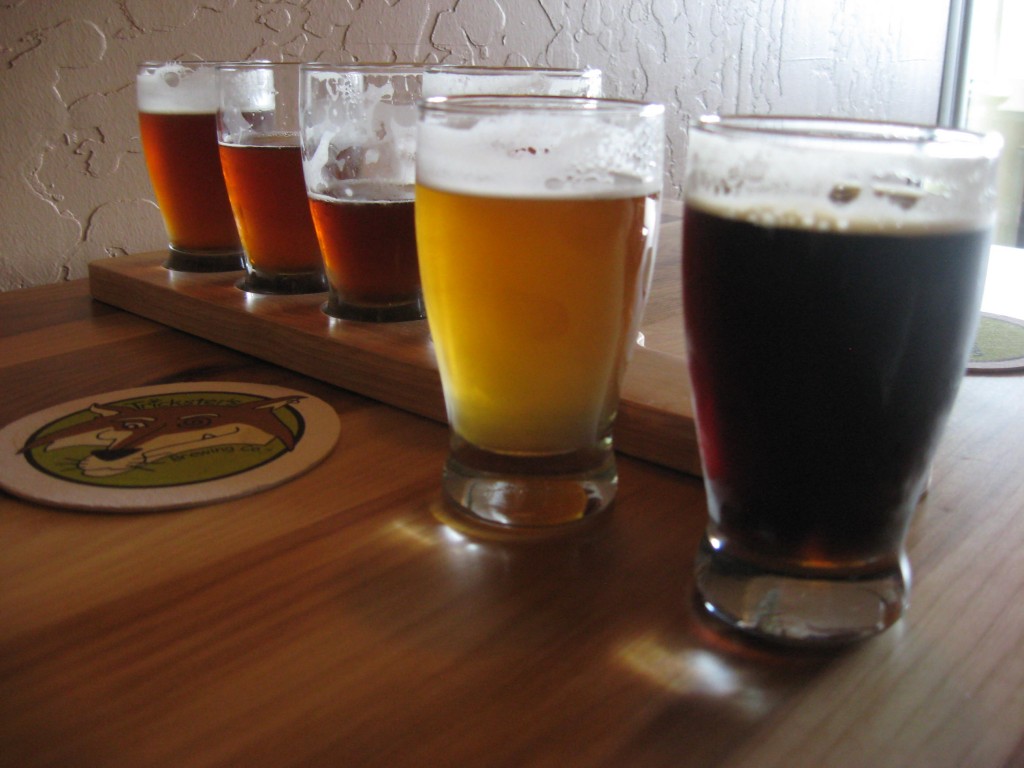
Profiled by Maria Devan
 Cheers you all! I have done a few chores today but whoop dee doo it’s Saturday; The Day of the Dark and I have Ithaca Beers Anniversary 18 to celebrate. This beer is a Baltic Porter and the now old bjcp said that this style represents the idea of the imperial porter. To many that means that there is a difference between stout and porter when the abv gets above a certain point. 8%. It uses a variety of malts and is very complex. This style is “influenced by the russian imperial stout” and is “full bodied smooth and has a well aged alcohol warmth.”
Cheers you all! I have done a few chores today but whoop dee doo it’s Saturday; The Day of the Dark and I have Ithaca Beers Anniversary 18 to celebrate. This beer is a Baltic Porter and the now old bjcp said that this style represents the idea of the imperial porter. To many that means that there is a difference between stout and porter when the abv gets above a certain point. 8%. It uses a variety of malts and is very complex. This style is “influenced by the russian imperial stout” and is “full bodied smooth and has a well aged alcohol warmth.”
Ithaca Beer Anniversary 18
This beer pours like liquid velvet. In fact when I first saw it I thought of red velvet. The colors are stunning and rich. Browns, chestnut with it’s red highlight. A moment of red velvet color can be observed in this beer. It also appears to be black, pitch black. Outstanding.
The nose is roasty but also has lots of earth. The vienna malt seems to give it a silken sweetness. Coffee and vanilla. Light cocoa and a smoky quality that is so earthy it smells almost sweet. You might miss it if you don’t give the nose a chance to open up. Cherry fruit in the background. That is from the special B and the kiln smoked cherry wood malt.
Robust flavor on a silken carpet. Roasty earthy malt. Sharp well defined flavors but not harshness and nothing burnt or astringent. Cherry and dark fruit. Wood does not overtake the nose or the palate but it does provide a lighter bearing. As though this dark portrait is being painted with a lightness deep inside. It has a delicate crispness overall that I find expert and outstanding. The smoke adds depth and fullness without adding the flavor of meat. I am amazed at the soft enveloping fullness. Hops show up at the very end to finish with a light herbal sweetness and a perfect bitterness. They come just a little bit forward at the very end but not so much that you would call it hoppy. This is impeccably balanced. There is no roughness it lingers long and dries out lovely.
Congratulations Ithaca on your Anniversary 18! Stunning!
4.5
Welcome to the PGA beer rating system: one beer “Don’t bother.” Two: Eh, if someone gives it to you, drink. Three: very good, go ahead and seek it out, but be aware there is at least one problem. Four: seek it out. Five: pretty much “perfecto.”

__________________________________________Beer HERE
___________________________________________________________________
 Maria Devan lives in Ithaca, NY and is a great beer writer. That’s Maria in the middle. The other two are not, but they are lucky to have her as a friend.
Maria Devan lives in Ithaca, NY and is a great beer writer. That’s Maria in the middle. The other two are not, but they are lucky to have her as a friend.



 The
The 




You must be logged in to post a comment.